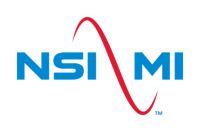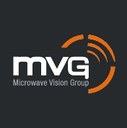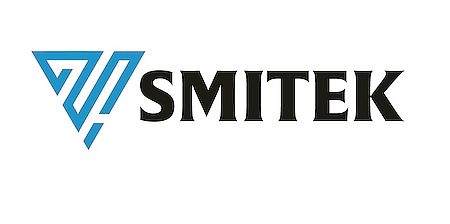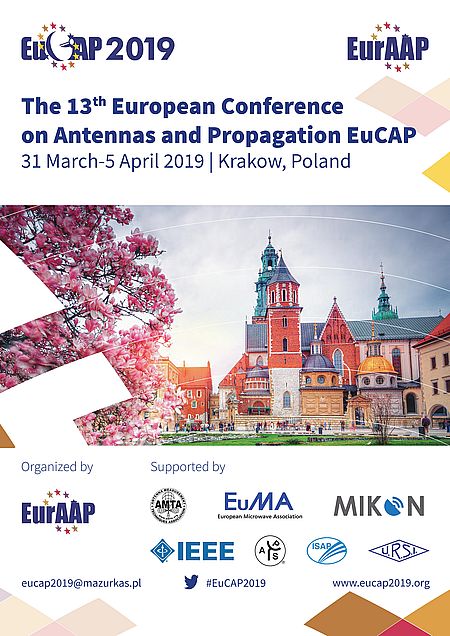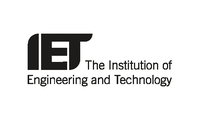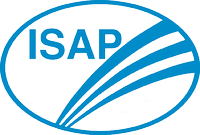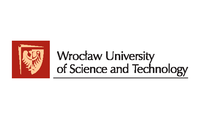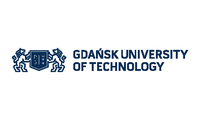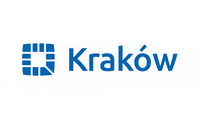Prof. Branislav M. Notaros
Electromagnetics Education and Its Future and Challenges
Colorado State University, USA
Biography
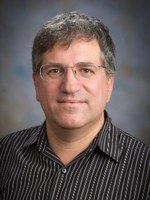 Branislav M. Notaroš received the Dipl.Ing. (B.S.), M.S., and Ph.D. degrees in electrical engineering from the University of Belgrade, Belgrade, Yugoslavia, in 1988, 1992, and 1995, respectively. From 1996 to 1999, he was an Assistant Professor in the School of Electrical Engineering at the University of Belgrade. He spent the 1998-1999 academic year as a Visiting Scholar at the University of Colorado at Boulder. He was an Assistant Professor, from 1999 to 2004, and Associate Professor, from 2004 to 2006, in the Department of Electrical and Computer Engineering at the University of Massachusetts Dartmouth. From 2006 to 2012, he was an Associate Professor in the Department of Electrical and Computer Engineering at Colorado State University (CSU), where he is currently a Professor and University Distinguished Teaching Scholar, as well as Director of Electromagnetics Laboratory. His research interests and activities are in computational electromagnetics, higher order numerical methods, antennas, scattering, microwaves, metamaterials, characterization of snow and rain, surface and radar precipitation measurements, RF design for MRI at ultra-high magnetic fields, and electromagnetics education. He is the author of textbooks Electromagnetics (Prentice Hall, 2010), MATLAB-Based Electromagnetics (Prentice Hall, 2013), and Conceptual Electromagnetics (CRC Press, 2017).
Branislav M. Notaroš received the Dipl.Ing. (B.S.), M.S., and Ph.D. degrees in electrical engineering from the University of Belgrade, Belgrade, Yugoslavia, in 1988, 1992, and 1995, respectively. From 1996 to 1999, he was an Assistant Professor in the School of Electrical Engineering at the University of Belgrade. He spent the 1998-1999 academic year as a Visiting Scholar at the University of Colorado at Boulder. He was an Assistant Professor, from 1999 to 2004, and Associate Professor, from 2004 to 2006, in the Department of Electrical and Computer Engineering at the University of Massachusetts Dartmouth. From 2006 to 2012, he was an Associate Professor in the Department of Electrical and Computer Engineering at Colorado State University (CSU), where he is currently a Professor and University Distinguished Teaching Scholar, as well as Director of Electromagnetics Laboratory. His research interests and activities are in computational electromagnetics, higher order numerical methods, antennas, scattering, microwaves, metamaterials, characterization of snow and rain, surface and radar precipitation measurements, RF design for MRI at ultra-high magnetic fields, and electromagnetics education. He is the author of textbooks Electromagnetics (Prentice Hall, 2010), MATLAB-Based Electromagnetics (Prentice Hall, 2013), and Conceptual Electromagnetics (CRC Press, 2017).
Dr. Notaroš is Fellow of the IEEE and of the Applied Computational Electromagnetics Society (ACES). He served as General Chair of the 2018 International Applied Computational Electromagnetics Society Symposium – ACES2018, March 25-29, 2018, Denver, Colorado, USA, and of the 11th International Workshop on Finite Elements for Microwave Engineering – FEM2012, June 4-6, 2012, Estes Park, Colorado, USA. He serves as General Chair of the 14th International Workshop on Finite Elements for Microwave Engineering – FEM2018, September 10-14, 2018, Cartagena de Indias, Colombia. He is Associate Editor for the IEEE Transactions on Antennas and Propagation, and served as Guest Editor of the Special Issue on Finite Elements for Microwave Engineering, Electromagnetics, Vol. 34, Issue 3-4, 2014. He serves on the Board of Directors of ACES, as ACES Secretary, and as Vice-Chair of the US National Committee Commission B of the International Union of Radio Science (URSI), for which he previously served as Technical Activities Chair (2015–2018). He was the recipient of the 2005 IEEE MTT-S Microwave Prize (best-paper award for IEEE Transactions on MTT), 1999 IEE Marconi Premium (best-paper award for IEE Proceedings on Microwaves, Antennas and Propagation), 1999 URSI Young Scientist Award, 2005 UMass Dartmouth Scholar of the Year Award, 2004 UMass Dartmouth College of Engineering Dean’s Recognition Award, 2010 CSU College of Engineering George T. Abell Outstanding Teaching and Service Faculty Award, 2012 CSU System Board of Governors Excellence in Undergraduate Teaching Award, 2014 CSU Provost’s N. Preston Davis Award for Instructional Innovation, 2012 IEEE Region 5 Outstanding Engineering Educator Award, 2014 Carnegie Foundation for the Advancement of Teaching Colorado Professor of the Year Award, 2015 American Society for Engineering Education ECE Distinguished Educator Award, and 2015 IEEE Undergraduate Teaching Award.
Synopsis
Electromagnetic theory is a fundamental underpinning of technical education, but, at the same time, one of the most difficult subjects for students to master and for instructors to teach. This material is extremely abstract and mathematically rigorous and intensive, and students find it rather difficult to grasp, which is not unique to any particular school or department, country, or a geographical region of the world. On the other hand, the importance of electromagnetics, as a fundamental science and engineering discipline, to technical education can hardly be overstated. In addition, electromagnetics has immediate impacts on a great variety of cutting-edge applications in antenna, propagation, microwave, radar, microelectronics, and lightwave technologies, and a comprehensive knowledge and firm grasp of electromagnetic fundamentals is essential for students in a number of undergraduate and graduate courses, as well as for engineering graduates as they join the workforce, now and in the future. There are great problems and challenges in the methodology and practice of electromagnetics teaching and learning related to the diversity and nonuniformity of curricular contents, teaching/learning methods, pedagogical goals, instructor expertise, areas of emphasis and desired outcomes of the course or sequence of courses, and the available time, as well as to the average decline in student preparedness and their interest and motivation for fields and waves courses.
This talk will address these problems and challenges and discuss some examples of general approaches to overcoming these difficulties, with outlooks for the future, and with special attention to antennas and propagation relevance and perspective. It will present some strategies for active and problem-based learning including interactive discussion – using realistic examples, with the primary goal to aid understanding and develop true problem-solving skills for the students. It will also outline a geometrical approach to teaching and learning vector calculus as applied to electromagnetics, as an intuitive and visual alternative to formal, purely “algebraic” approach. In addition, the talk will discuss an integrated approach to electrical-engineering education that incorporates computer-assisted MATLAB-based instruction and learning into the electromagnetics courses, using a comprehensive collection of MATLAB computer tutorials, exercises, projects, and codes, as a modern tool for learning electromagnetics via computer-mediated exploration and inquiry. This approach introduces students to MATLAB programming of electromagnetic fields and waves, in addition to passive demonstrations and visualization of fields. Another approach to be presented involves utilization of conceptual questions and interactive online quizzes for assessment of class pre-work and enhancement of engagement of students in electromagnetics learning modules, to enable the implementation of a partially flipped classroom instruction. Namely, best practices in engineering education require the students to intensely engage in the assigned pre-work, which must be meaningfully motivated and assessed. Conceptual questions can also be applied to various modalities of active and collaborative teaching and learning. The impacts of all approaches on students’ learning are analyzed and assessed in multiple ways. The talk will attempt to give some collaborative thoughts on the future of electromagnetics education based on discussions with colleagues worldwide.


